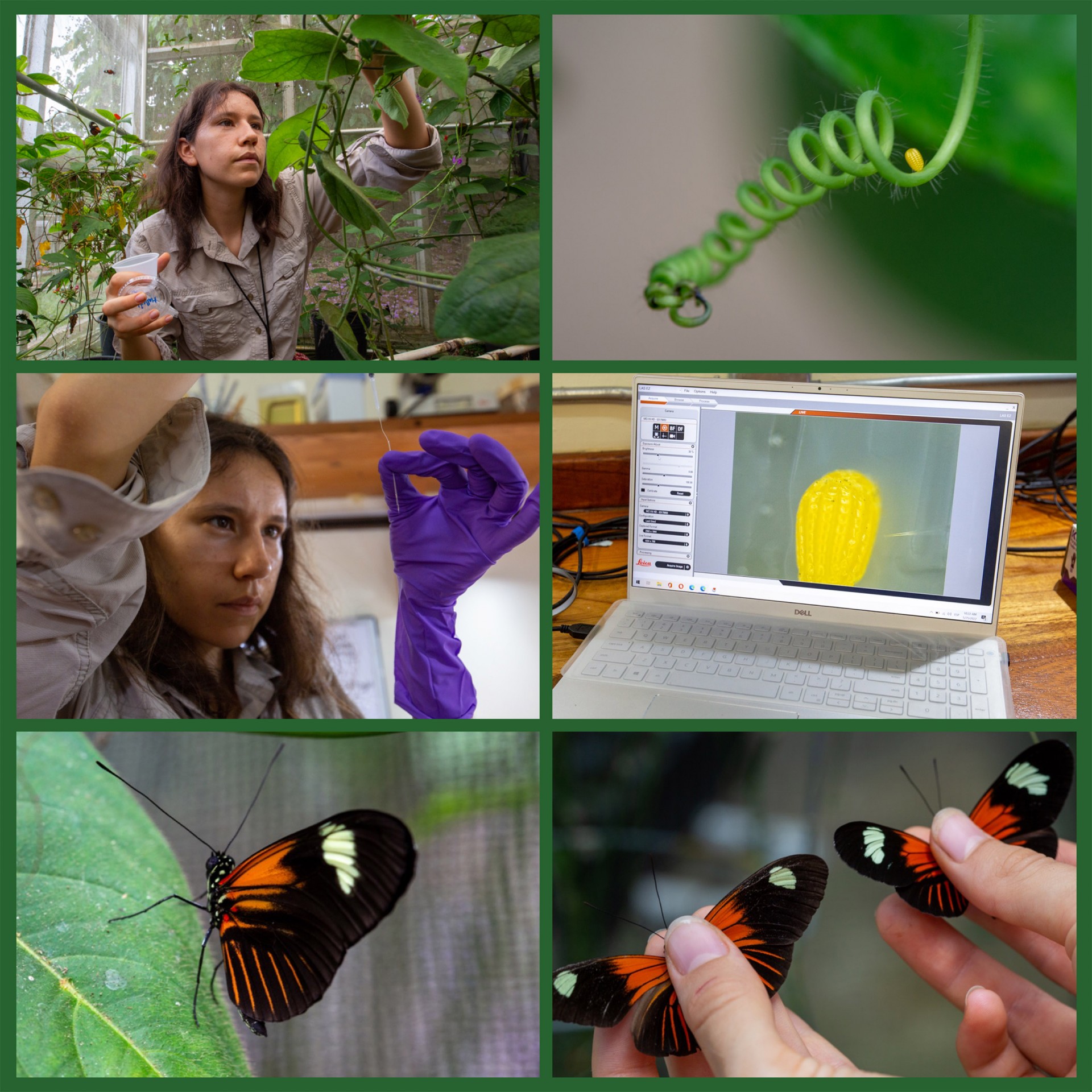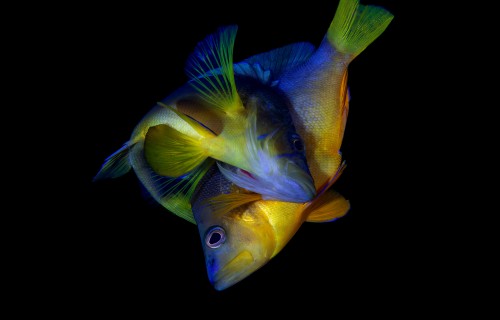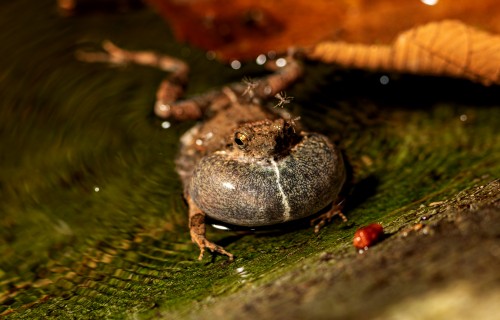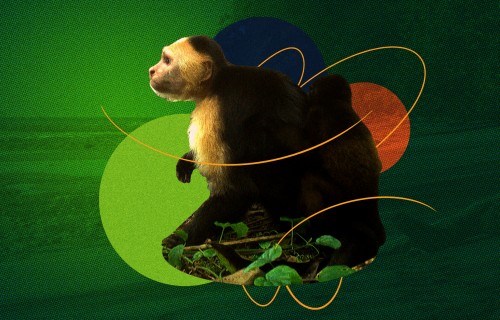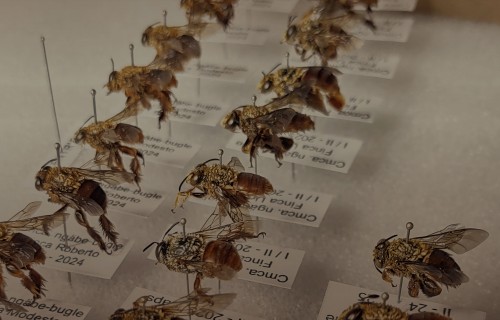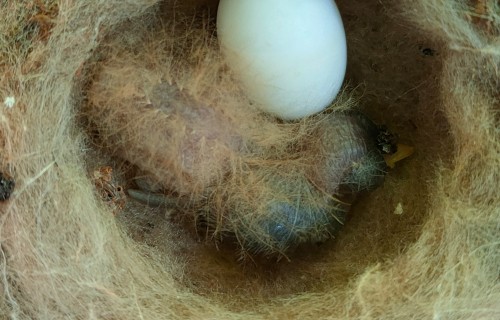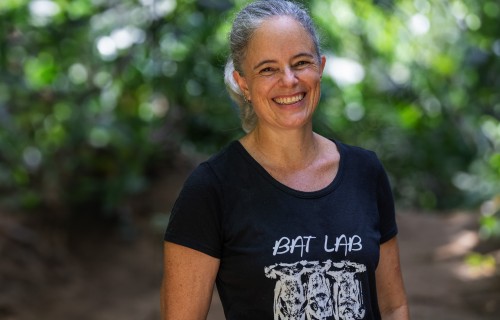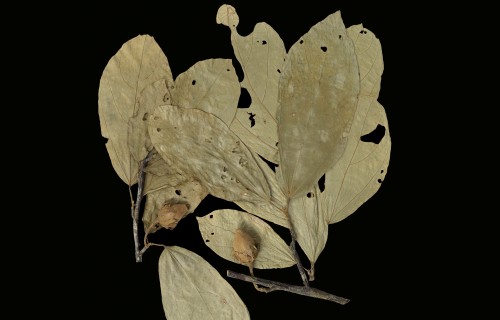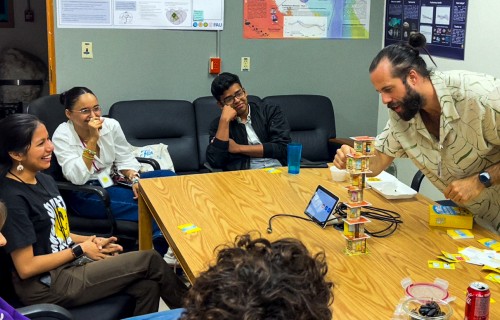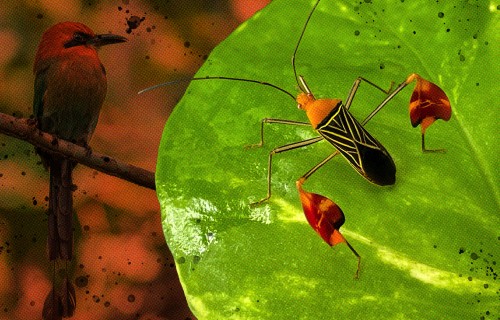A comparison of colorful hamlets
from the Caribbean challenges ideas
about how species arise
Sol
Parra
How do genes allow butterflies to mimic
each other’s wing color patterns?
Gamboa
Young entomologist Sol Parra uses gene editing technology to understand how color pattern mimicry evolves in butterflies.
Different species of strikingly colored Heliconius butterflies are known for their ability to develop almost identical wing color patterns, an evolutionary defense against insect-eating birds, which recognize that butterflies with certain wing patterns taste bad. The more the butterflies look alike, the quicker the birds learn to avoid eating any of them.
Particularly intrigued by two species, Heliconius erato and Heliconius melpomene, researchers want to know why each species has so many subspecies that imitate the wing patterns of a counterpart from the other species.
Scientists who work at the Smithsonian Tropical Research Institute’s Gamboa Heliconius Lab discovered what determines the butterfly’s phenotype (observable characteristics), causing the nearly identical wing color patterns: a gene in the Heliconius DNA sequence called WntA.
Using CRISPR gene editing technology, researchers injected fresh butterfly eggs with a protein called CRISPR-Cas9, which latches on to the WntA gene and knocks it out of the DNA sequence, breaking the chain. The cells fill in the gap and repair the chain, but without the template provide by the WntA gene, adult butterflies often develop seemingly random asymmetrical wing patterns, proving that the gene contains the information that determines color patterns.
But why is this gene always expressed with the same result? Why do mimetic pairings still look almost identical, despite being different species, living in different regions and conditions?
Sol Parra, biology graduate from the National University of Colombia and research intern at the lab, started a project in early 2022 to study the region in the DNA sequence that precedes the WntA gene, which may regulate the activity of this gene.
Patterns within patterns: researcher Sol Parra has been working on this project since January 2022, editing the genetics of Heliconius butterflies and analyzing the resulting color patterns on their wings, looking for patterns that may indicate how exactly these genes determine what the butterflies look like.
Credit: Jorge Alemán, STRI
“Regulatory zones are areas in the DNA sequence where other proteins might stick, and these proteins promote or inhibit the expression of the gene,” Parra explains. In other words, without the networks regulating the WntA gene, a butterfly’s wings might not look as expected.
Every morning, Parra and the team collect freshly laid butterfly eggs from the host plants. They carefully glue the minuscule eggs to a glass plate, then place them under a microinjector; a microscopic quartz needle injects the eggs with an RNA guide, a molecule like DNA, which leads the CRISPR-Cas9 protein to the WntA gene and knocks it out.
The team cares for the injected eggs as the life cycle of the Heliconius butterflies begins: within three to four days a larva (caterpillar) comes out of the egg and grows for two or three weeks, feeding on the Passiflora plant vines and synthesizing alkaloids, the chemicals which give butterflies their foul taste when they reach adulthood. The larva then forms a chrysalis (pupa), where it spends a week before a fully grown butterfly emerges; adults live from 4 to 6 months.
Once they have an adult butterfly, the team analyzes changes in the wing patterns and compare them to patterns on wild butterflies. “Sometimes you can tell by just looking,” Parra says. “When differences are not as noticeable, we either use high-quality photography to compare, or a computer program that analyzes color patterns.”
Parra will continue this research until July, injecting eggs and studying the results, in the hopes of understanding how exactly the regulatory regions in the butterfly’s DNA work on this gene.
“I have worked with insects from the beginning, and I’m interested in how mimetics have evolved in Lepidoptera (moths and butterflies), and the phenomena that explain mimetics from a genetic standpoint,” Parra states. As butterflies are model organisms for evolutionary studies, the results of this research could reveal a lot about how they adapt in a rapidly changing world.

